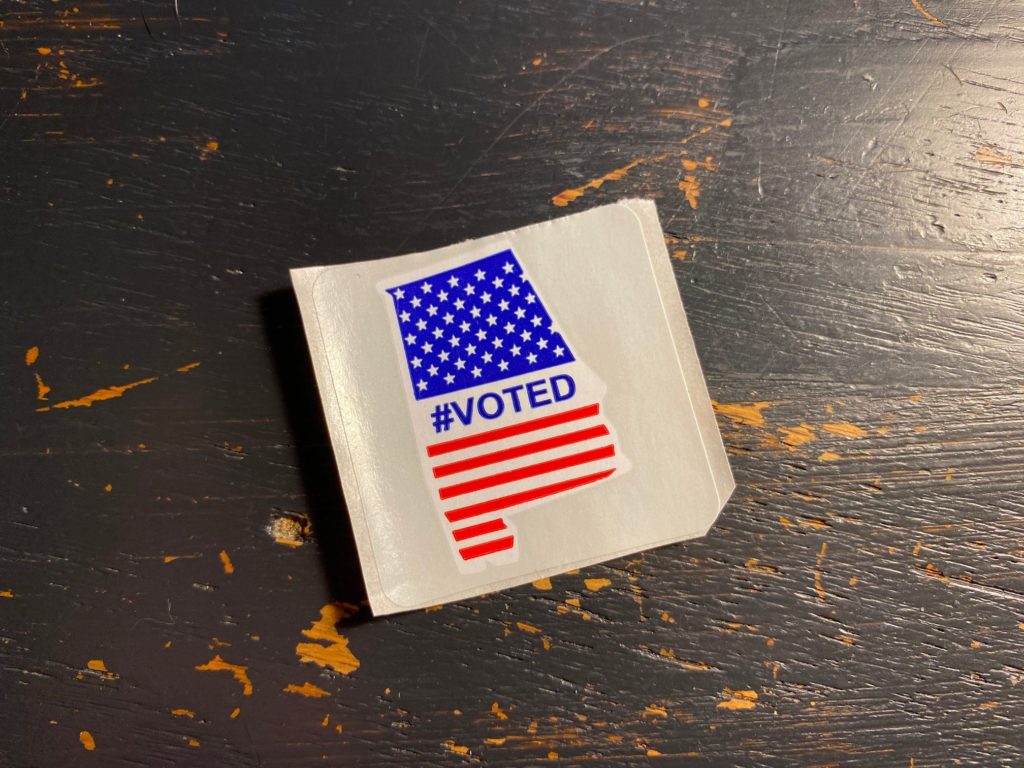Proposed New Congressional Map for Alabama
The process that could chance Alabama's congressional delegation begins.

Via AL.com: Here’s the Alabama redistricting map Supreme Court Voting Rights Act plaintiffs want adopted.
The plaintiffs in the U.S. Supreme Court case that led to a ruling forcing state leaders to draw new congressional districts to increase the Black voter influence have presented their preferred version of the redistricting plan.
The Supreme Court earlier this month upheld a lower court’s ruling that Alabama’s 2021 congressional maps violated the Voting Rights Act of 1965 by diluting Black voting power.

As a general matter, this map adjusts the districts I expect will change the most, AL01, AL02, and AL07. The third and seventh, in particular, strike me as the most likely to emerge from this process as the two districts that will be presented to meet the court’s requirements. How much that changes AL01 remains to be seen. At first blush, the above makes sense to me, but I also question whether the legislature will make that dramatic a shift in the electoral geography of the state.
AL07 is currently a majority-Black district and is a safe Democratic seat. No doubt the Republican-controlled state legislature will move Black populations from AL07 and add them to AL02 with the goal of making AL02 as close to racial parity as the court will let them get away with, while also trying to make AL07 a bit more competitive. I would expect the general racial and partisan leans of the other districts to remain largely unchanged (these are all highly uncompetitive districts to begin with).
Given that we know there is a strong correlation between Blacks and Democratic voting, the core political question on the table here is whether Alabama will shift from a 6:1 R:D ratio to a 5:2. I have written elsewhere about the representational basics of the state (Alabama: Lack of Competition and Election Skepticism Down South). I would argue that the 5:2 ratio is a far better representational outcome than the current 6:1 (and can make a case for 4:3).
Yet again, we have an illustration that what matters is not voter preferences and interests, but rather how lines on the map are drawn.
After all, if we know that map X produces one representational outcome and map Y another, it is pretty obvious that voter preference is not the main variable. A system of even modest proportional representation with multi-seat districts could far better accommodate this reality than dueling line-drawing contests.
Initial hearings on this process start this coming week and a special session of the legislature will have to be called to resovle the issue. The process could be finished as early as July, but only if the legislature approves maps that the plaintiffs in the case would find acceptable. This process could be back in court in August.
Good luck, Dr.T. And thanks for keeping us updated on this one.
Although I continue to hope for better, more rational outcomes, power, money, and shear pig-headedness of the current version of homo sapiens continue to frustrate those hopes.
The other interesting thing to me (good call, Luddite, on pig-headedness of hom. sap.) is that you don’t need particularly weirdly shaped districts to create effective gerrymandering. Both maps look significantly like the ones the my state does with its bi-partisan (2Ds, 2Rs) commission.